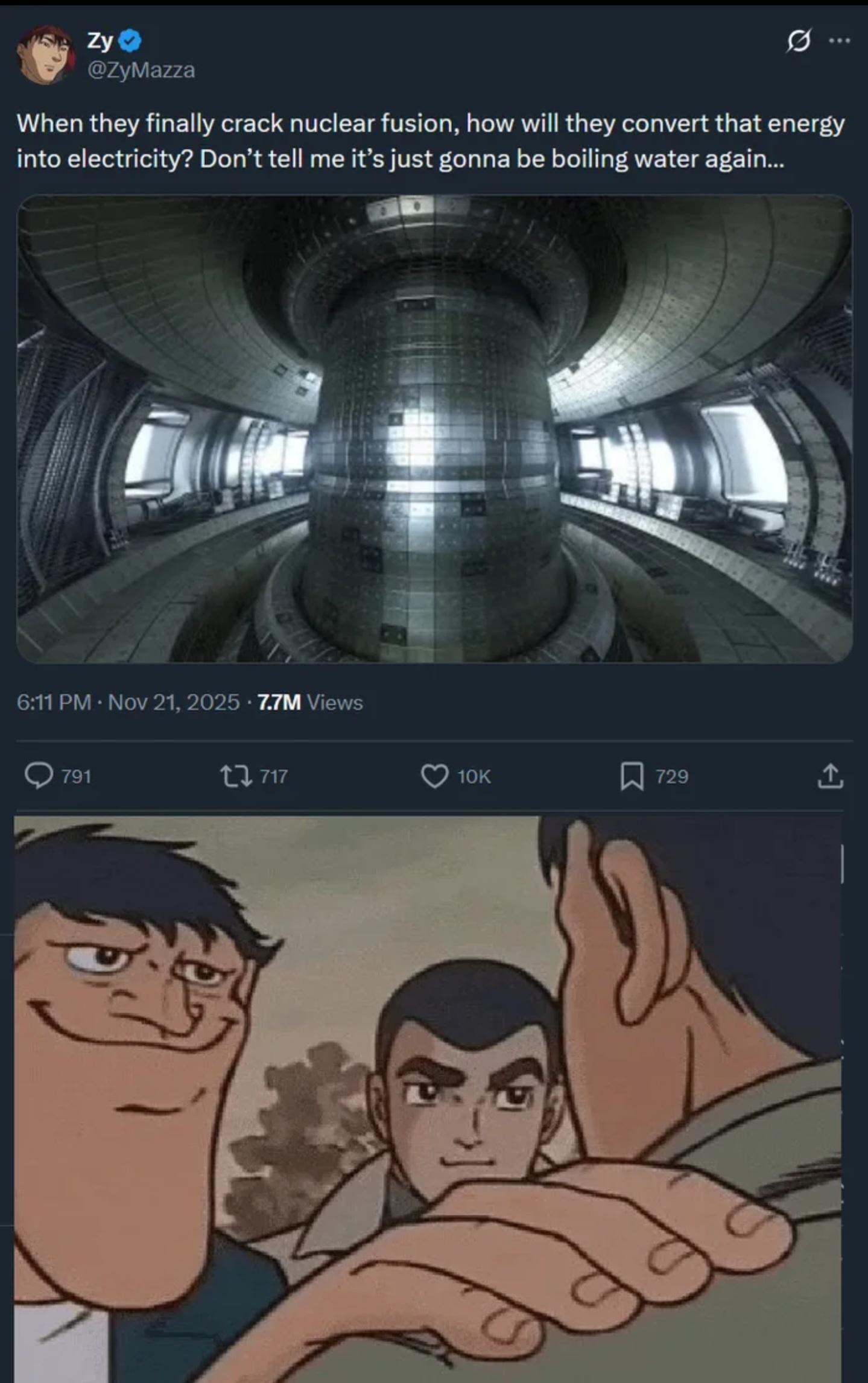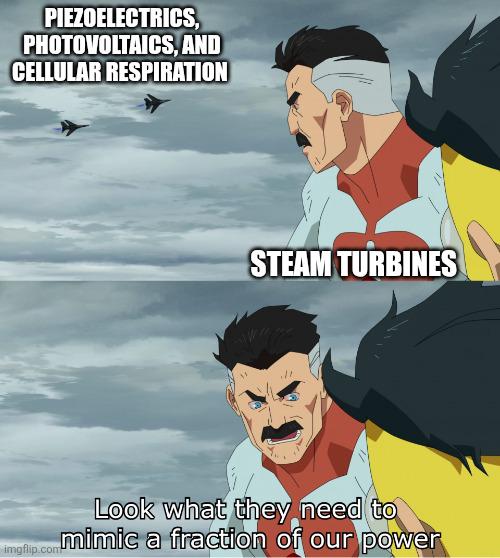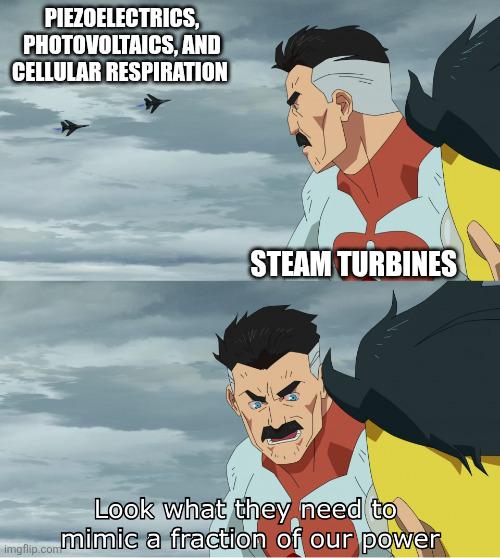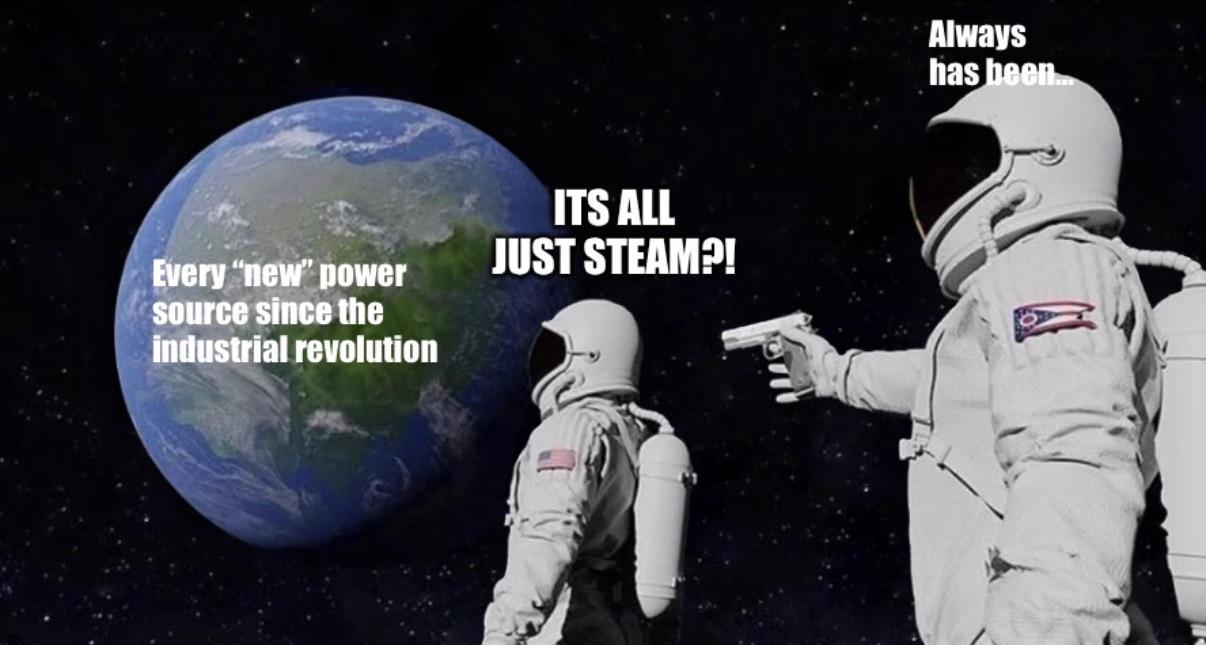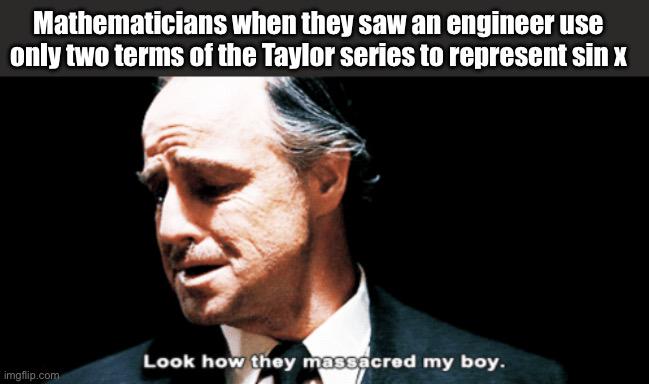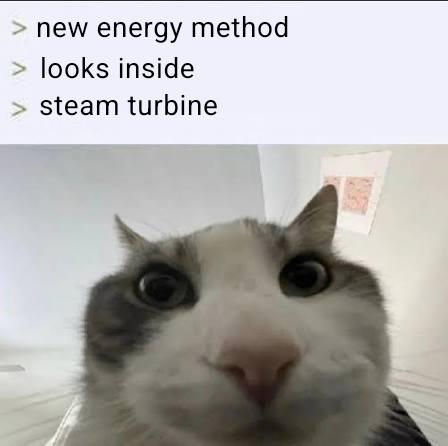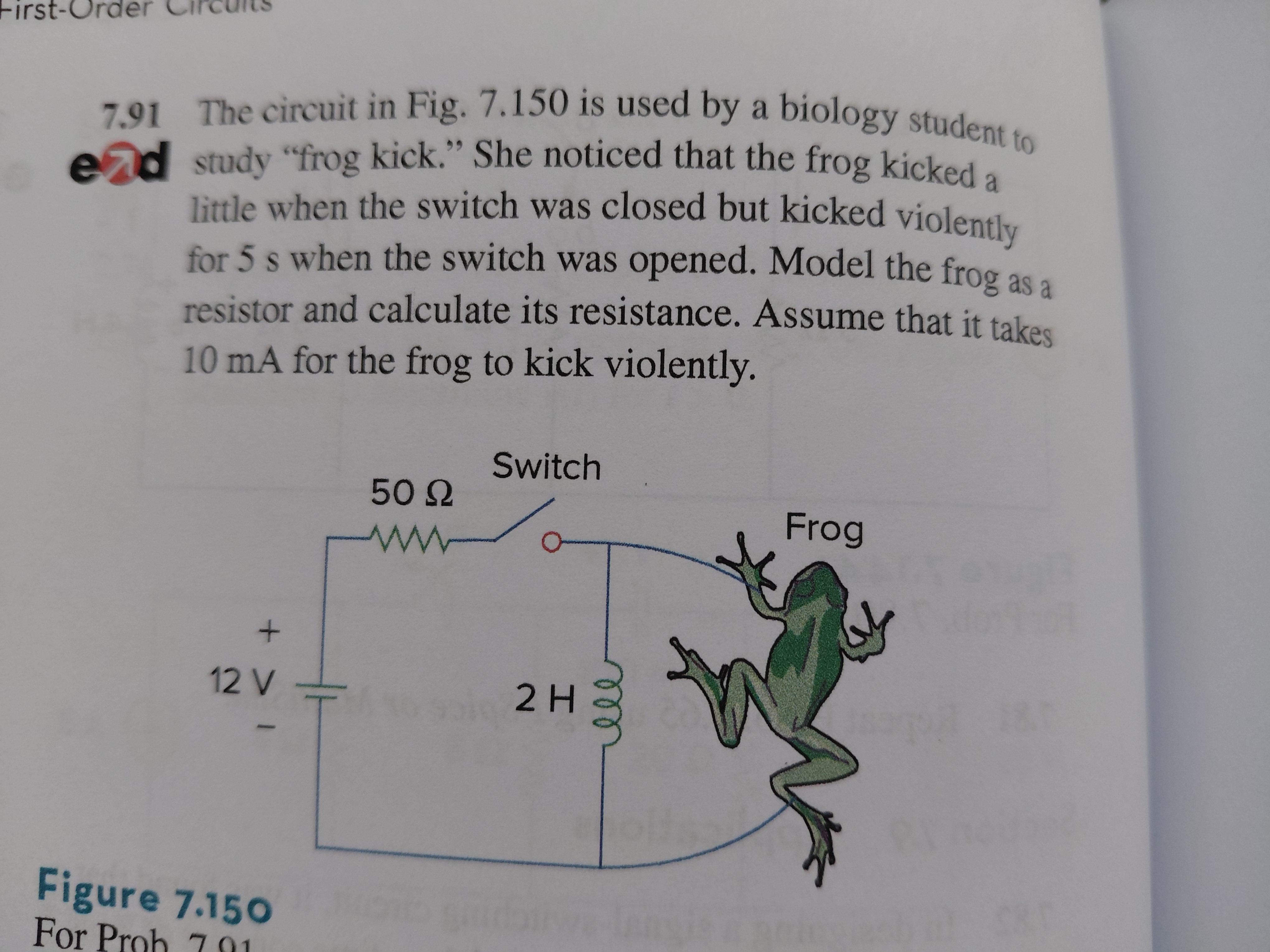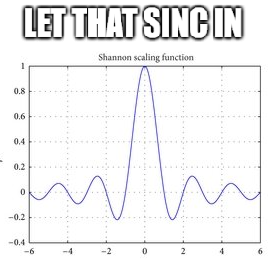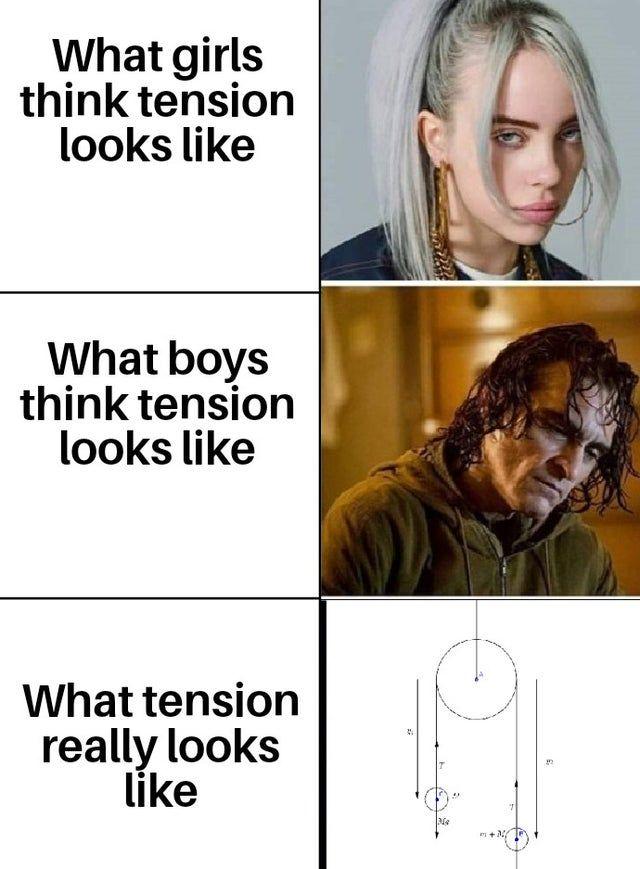The ultimate physics wordplay strikes again! While some might interpret "tension" as emotional drama or intensity between people, physicists know the real tension is all about forces acting on objects. That bottom diagram shows the pure, mathematical beauty of tension in a pulley system—complete with vectors, angles, and those delightful T₁ and T₂ variables that haunted your mechanics homework. Next time someone mentions relationship tension, just whip out your free-body diagram and show them what actual tension looks like. Physics students everywhere are silently nodding in traumatic recognition.


 Academia
Academia
 Ai
Ai
 Astronomy
Astronomy
 Biology
Biology
 Chemistry
Chemistry
 Climate
Climate
 Conspiracy
Conspiracy
 Earth-science
Earth-science
 Engineering
Engineering
 Evolution
Evolution
 Geology
Geology

